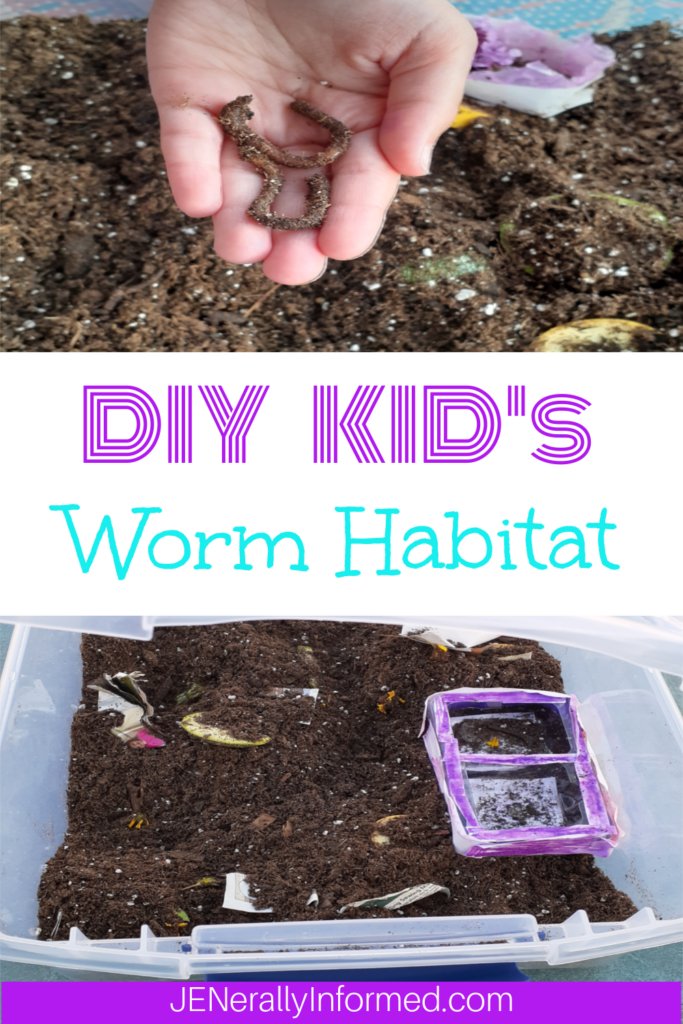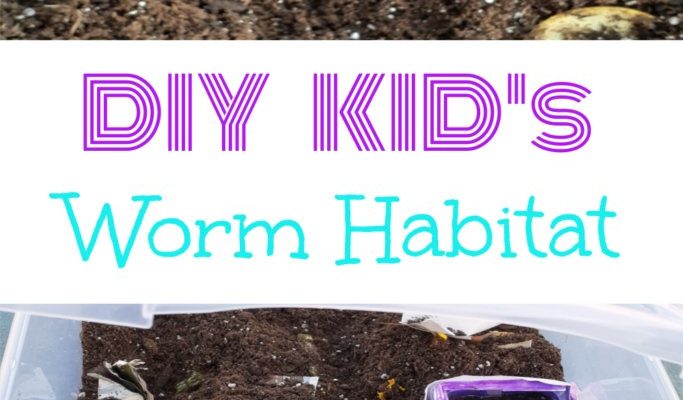
Getting started doesn’t need to be intimidating. Imagine having your own mini composting station where you can not only compost waste but also encourage the earthworms to thrive. Trust me, they’ll be happy to dig into the organic leftovers you provide, transforming them into healthy compost. So, let’s dive into how you can create this fascinating habitat!
Why Earthworms Are Important
You might be wondering why you should even bother with earthworms. Well, they play a crucial role in maintaining soil health. Earthworms aerate the soil as they burrow through it. This aeration helps with water drainage and allows roots to grow more freely. It’s like giving your plants a deep breath of fresh air.
Additionally, earthworms consume organic matter, such as fallen leaves and food scraps. They digest these and break them down into nutrient-rich castings, which is basically worm poop but considered “black gold” for gardeners. This means less reliance on chemical fertilizers because you’re nurturing your soil naturally! If you want your garden to flourish, a healthy earthworm population is a solid place to start.
Choosing the Right Location
When it comes to creating an earthworm habitat, choosing the right location is key. Look for an area in your yard that has some shade. Too much sun can dry out the habitat quickly, while a shady spot will retain moisture better, which worms need.
It’s also essential to avoid areas with standing water, as worms can drown. A flat, well-drained spot typically works best. You can even create your habitat next to your garden or compost bin, making it easier to feed your worms organic scraps. Imagine placing your worm habitat where the kids can learn about nature, or where you can observe them doing their thing—it’s both educational and entertaining!
Building Your Earthworm Habitat
Now that you have the perfect spot picked out, let’s get to the fun part: building your habitat! You can use a simple container, such as a plastic bin or a wooden box, but make sure it has holes for aeration and drainage. A size of about 2 feet long, 1 foot wide, and 1 foot deep is ideal for a small operation.
Fill the container with a mixture of moist materials, like shredded newspaper, cardboard, and kitchen scraps. Don’t forget to add some sand or soil to give your worms a little grit for digestion. Here’s the thing: worms love variety! They thrive on a mix of green materials (like vegetable scraps) and brown materials (like dried leaves or cardboard). Aim for a balanced blend—worm happiness guaranteed!
Feeding and Caring for Your Earthworms
Once your habitat is set up and populated with worms, it’s time to think about feeding them. Earthworms eat organic matter, which makes composting a fantastic food source! You can feed them fruit and vegetable scraps, coffee grounds, and crushed eggshells. Just avoid citrus peels, onions, and anything oily, as these can be harmful.
To keep things running smoothly, remember not to overfeed your worms. Start with small amounts and gauge their munching speed. You’ll know you’ve got a good routine when there’s little leftover food after a few days. You’ll find it fascinating to watch them munch away on your kitchen waste. It’s like a never-ending dinner party for them!
Maintaining the Earthworm Habitat
Maintenance is straightforward and mostly involves keeping the habitat moist and clean. Worms thrive in damp environments, so you might need to spray some water if it gets too dry. If you notice any unpleasant odors, that may mean it’s too wet or there’s too much food left over.
Regularly check on the worms, and don’t hesitate to change things up if you feel the environment needs a little boost. Stirring the materials occasionally will help aerate the compost and give your worms a chance to move around. It’s like giving them a fresh playground!
Using Worm Castings in Your Garden
One of the best parts about maintaining an earthworm habitat is the castings they produce. These nutrient-rich droppings can be harvested and used as fertilizer for your garden. Just mix the castings into your soil or use them as a top dressing for your plants.
Your plants will love the added nutrients, and you’ll see healthier growth over time. Imagine the sense of pride you’ll feel when you see those vibrant flowers or bountiful vegetables thriving all thanks to your little worm helpers. It’s truly rewarding!
Common Challenges and Solutions
Even the best earthworm habitats can face challenges. One common issue is the temperature. Earthworms prefer a nice, cool environment. If they get too hot, they can actually die, so be sure to keep an eye on the weather. If you live in a warmer climate, consider shading your habitat or even moving it indoors during peak heat times.
Another challenge is pests. Sometimes, fruit flies or other unwanted bugs might try to move in. To prevent this, make sure to cover the food scraps with some of the bedding material. You might also want to avoid overfeeding. Here’s a tip: If you see more pests than worms, it’s time to assess your feeding routine and compost balance.
In conclusion, creating an earthworm habitat in your backyard can turn a simple gardening project into a fun and educational experience. You’re helping the environment and your garden while witnessing the fascinating life cycle of these crucial animals. So grab your materials, find a cozy spot, and start your worm adventure. You’ll soon enjoy the benefits of healthier soil, happier plants, and perhaps a newfound appreciation for these squiggly creatures!

